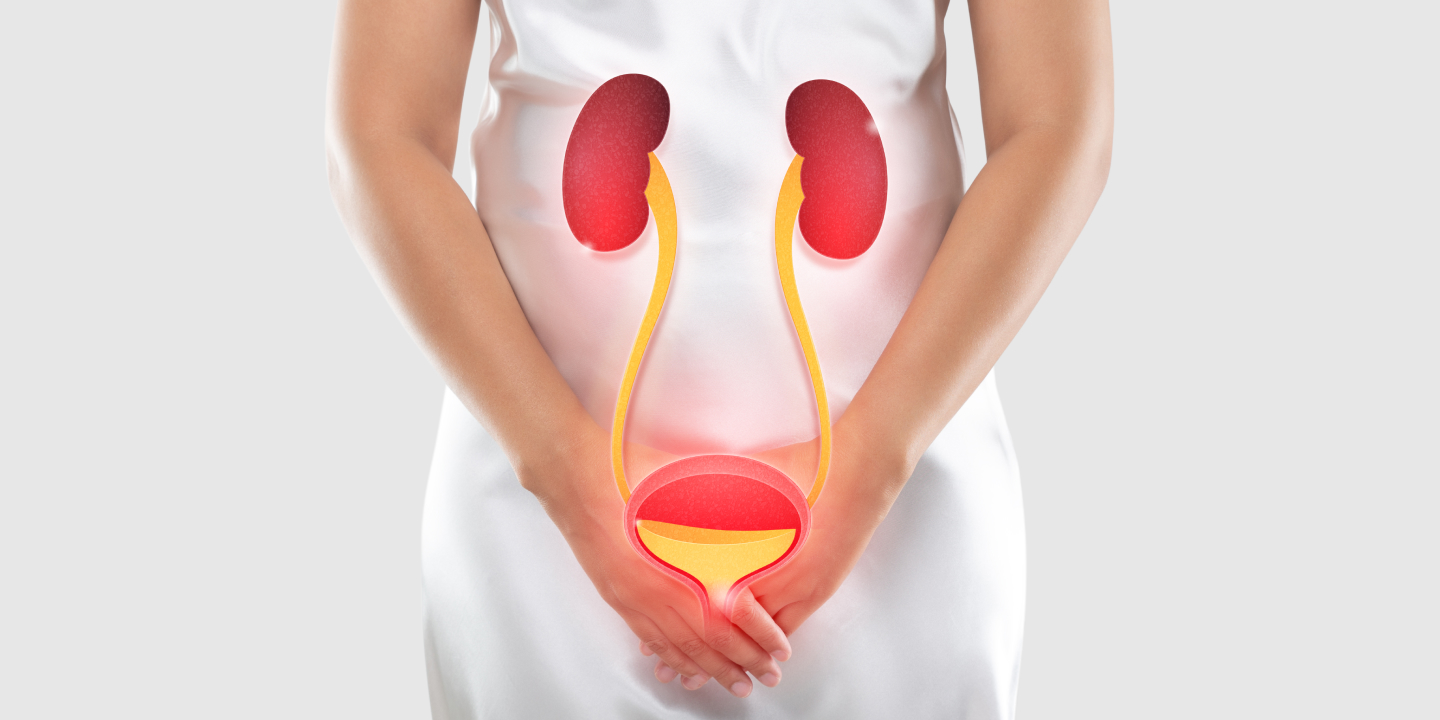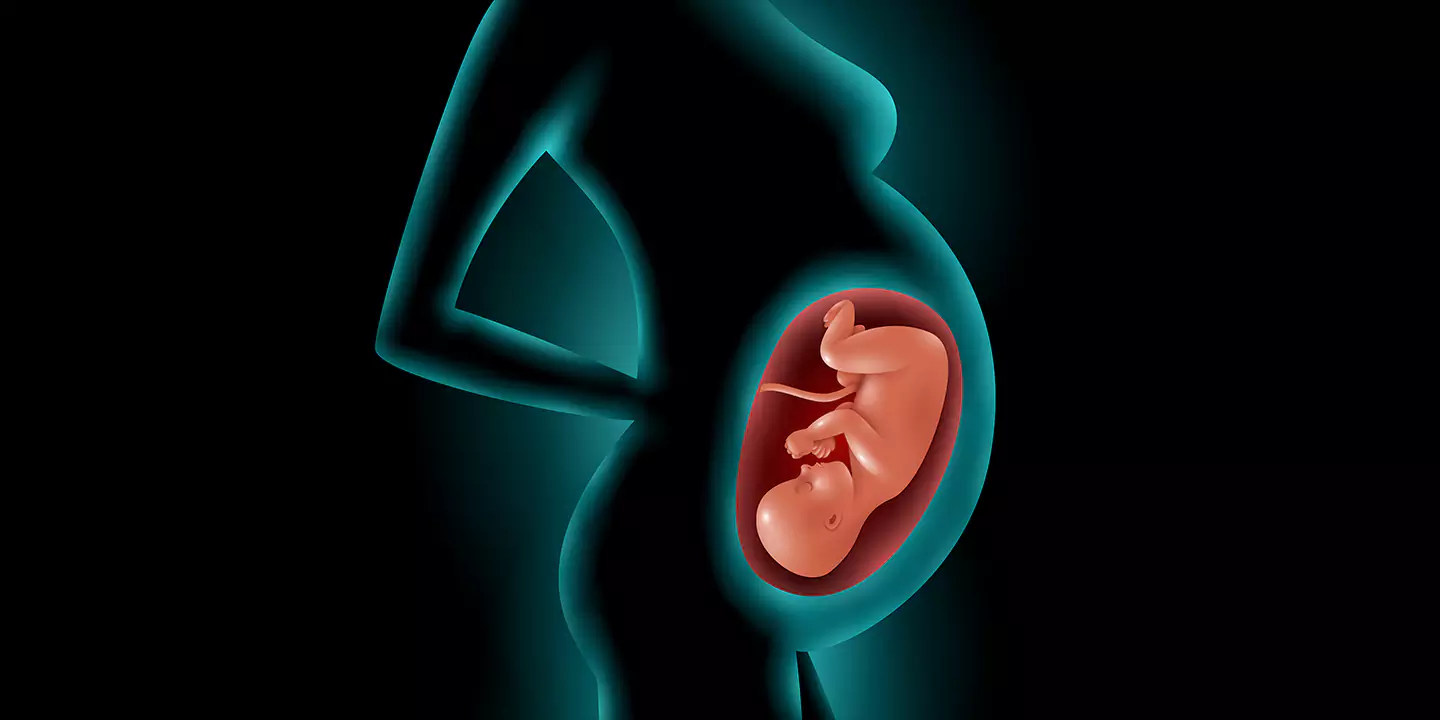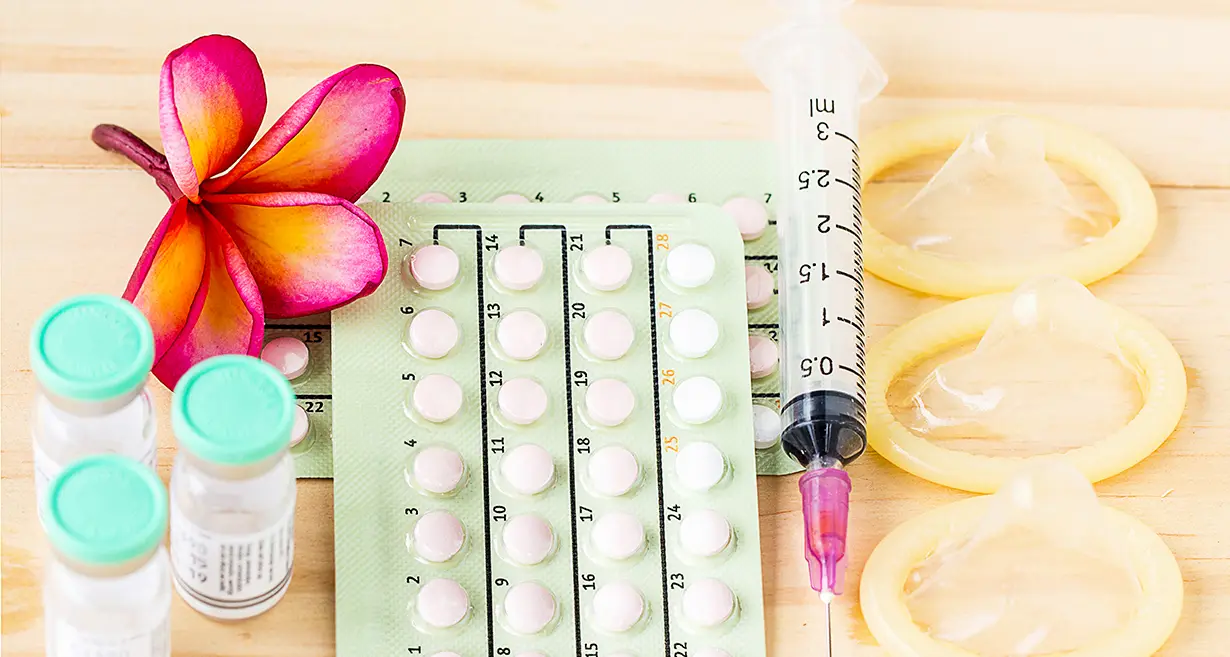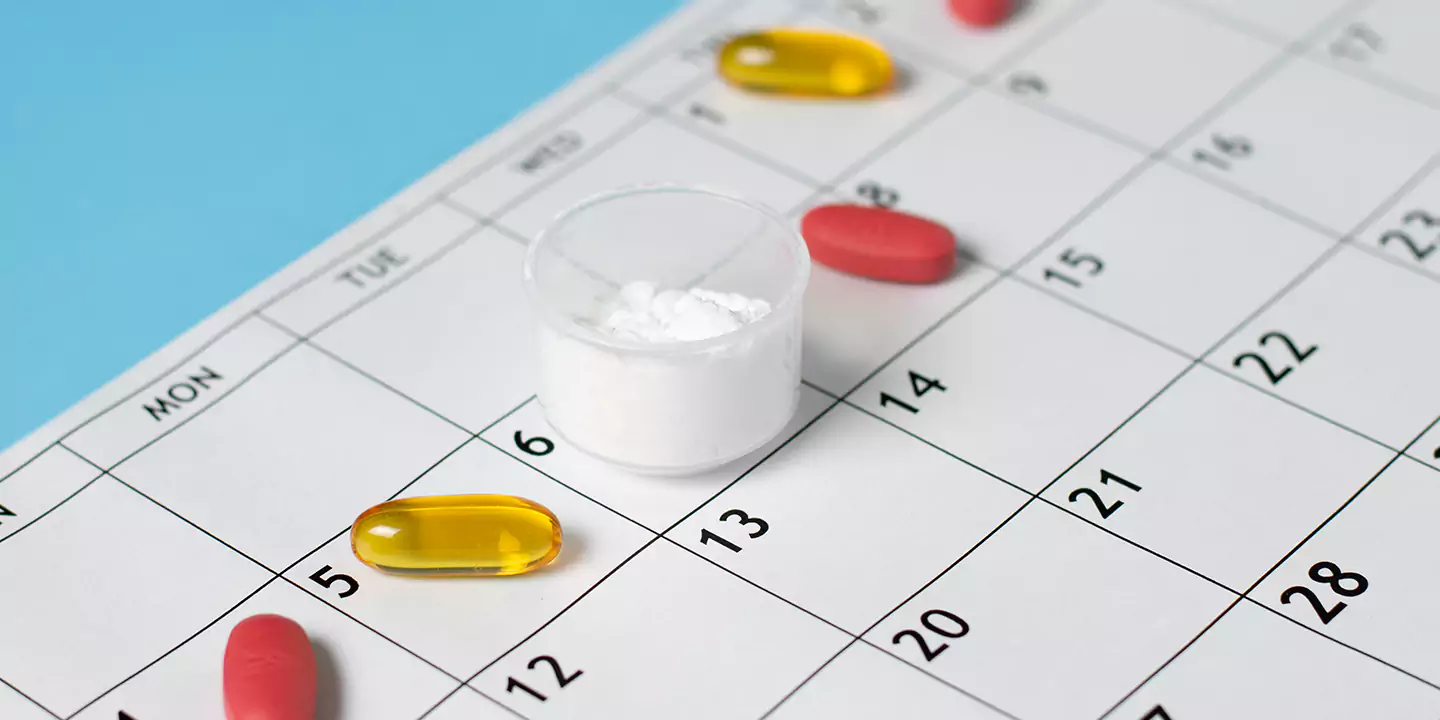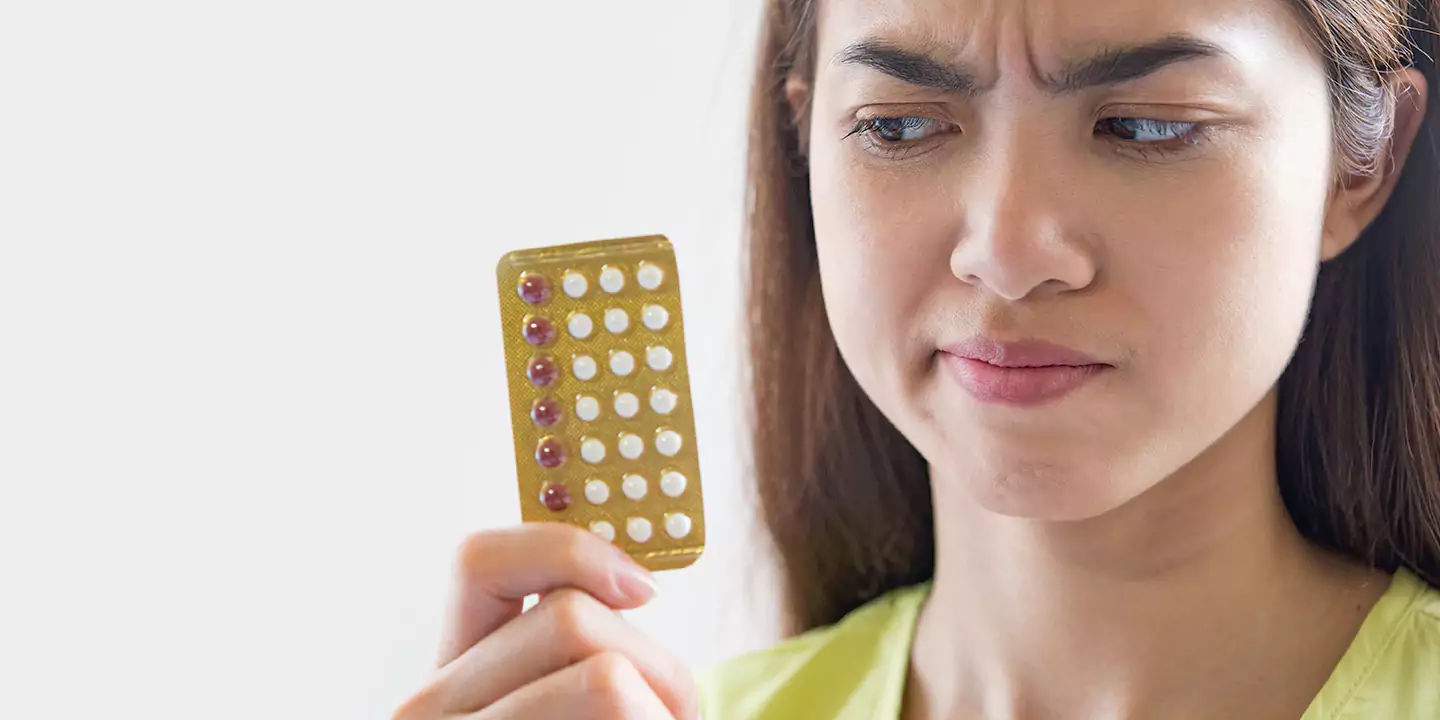
Is managing painful periods a monthly struggle for you? If so, you’re not alone.
Many women experience menstrual cramps and discomfort, but did you know that your diet can play a significant role in reducing this pain?
In this article, we’ll explore how making simple changes to your diet can help alleviate menstrual pain and make that time of the month more bearable.
From foods that can soothe your cramps to dietary habits that can balance your hormones, we’ve got you covered.
Related Blog: Painful Menstrual Periods: 11 Ways to stop periods pain
In this Article
Understanding the Link: Diet and Menstrual Pain
There are some scientific explanations for how certain foods and nutrients can influence the severity of menstrual cramps. Here are some key factors involved:
Inflammation
Menstrual cramps are often associated with inflammation in the uterine muscles. Omega-3 fatty acids, found in foods like fatty fish, flaxseeds, and walnuts, have anti-inflammatory properties. Consuming these foods can help reduce the overall level of inflammation in your body, potentially easing cramps.
Hormonal balance
Hormonal imbalances, particularly in prostaglandins (compounds that cause uterine contractions and pain), play a role in menstrual pain. A well-balanced diet with the right nutrients can help regulate these hormonal fluctuations, potentially leading to milder cramps.
Nutrient deficiencies
Some women may experience more severe cramps due to deficiencies in certain nutrients. Calcium, for example, plays a role in muscle contraction and relaxation. Inadequate calcium intake could lead to more intense cramps, and consuming calcium-rich foods can help mitigate this.
Bloating and water retention
Excessive consumption of caffeine, sugar, and salty foods can lead to bloating and water retention, making menstrual cramps more uncomfortable. Reducing these elements in your diet can help alleviate these symptoms.
Blood flow and circulation
Some foods can influence blood flow and circulation, which can affect the intensity of menstrual cramps. Consuming foods with vasodilatory properties (foods that widen blood vessels) may help improve blood flow to the uterus and reduce cramp severity.
Gut health
The gut-brain connection is increasingly recognized in its role in overall health, including the experience of pain. A diet that promotes gut health and is rich in fiber and probiotics can potentially reduce inflammation and improve overall well-being, including menstrual discomfort.
Foods to Include in a Pain-Relief Menu
Including specific foods in your diet can help reduce menstrual pain by addressing inflammation, hormonal imbalances, and muscle contractions. Here’s a list of foods to consider incorporating:
Fatty Fish
Salmon, mackerel, and sardines are rich in omega-3 fatty acids, which have anti-inflammatory properties that can help ease cramps.
Flaxseeds
These tiny seeds are high in omega-3s and fiber, making them an excellent addition to your diet for reducing inflammation and discomfort.
Nuts and Seeds
Almonds, walnuts, and pumpkin seeds are other good sources of healthy fats and nutrients that can help alleviate cramps.
Leafy Greens
Kale, spinach, and Swiss chard are packed with calcium and other minerals that support muscle function and reduce cramping.
Dairy Products
Low-fat dairy items like yogurt, milk, and cheese provide calcium, which can help relax uterine muscles.
Bananas
High in potassium, bananas can counteract water retention and bloating, which often accompany menstruation.
Whole Grains
Foods like brown rice, quinoa, and whole wheat bread provide complex carbohydrates and fiber to stabilize blood sugar levels and reduce bloating.
Ginger
This root has natural anti-inflammatory and pain-relieving properties, making it a great choice for soothing menstrual discomfort.
Turmeric
Known for its anti-inflammatory qualities, turmeric can be added to dishes or consumed as a tea to help alleviate cramps.
Herbal Teas
Chamomile, peppermint, and raspberry leaf teas have calming and anti-inflammatory effects that can help with menstrual pain.
Nutrients and Supplements That Can Help
Certain nutrients and supplements can help alleviate menstrual pain and discomfort. Here are some that you may consider incorporating into your diet or taking as supplements:
Omega-3 Fatty Acids
Omega-3s, found in fatty fish (salmon, mackerel, and sardines), flaxseeds, and walnuts, have anti-inflammatory properties that can reduce cramping and pain.
Calcium
Adequate calcium intake can help relax uterine muscles and reduce cramps. You can get calcium from dairy products, fortified plant-based milk, and leafy greens like kale and spinach.
Magnesium
Magnesium helps with muscle relaxation and can alleviate menstrual cramps. It’s found in foods like nuts, seeds, whole grains, and dark chocolate.
Vitamin D
Vitamin D plays a role in reducing inflammation and may contribute to less painful periods. You can get vitamin D from sunlight exposure, fatty fish, and fortified foods.
B vitamins
B vitamins, particularly B1 (thiamine) and B6 (pyridoxine) can help regulate the nervous system and reduce pain. Foods rich in B vitamins include whole grains, nuts, and seeds.
Iron
Many women experience increased iron loss during menstruation, leading to fatigue and weakness. Ensure your diet includes iron-rich foods such as lean meats, beans, and dark leafy greens.
Fish Oil Supplements
If you don’t consume fatty fish regularly, fish oil capsules can provide omega-3 fatty acids to reduce inflammation and pain.
Hydration and Its Role in Managing Menstrual Discomfort
Hydration plays a vital role in managing menstrual discomfort. During your period, the body may retain more water, leading to bloating and discomfort.
Staying well-hydrated helps counteract this by signaling to your body that it’s okay to release excess fluids. It also aids in maintaining proper circulation, reducing the risk of headaches and fatigue.
Dehydration can exacerbate cramps and worsen PMS symptoms, so drinking an adequate amount of water is a simple yet effective way to ease the discomfort that can come with your monthly cycle.
Dietary Practices to Avoid During Your Period
During your period, it’s a good idea to avoid certain dietary practices that can exacerbate discomfort and bloating. Here are some practices to steer clear of:
Excessive Caffeine
Too much caffeine can lead to increased tension and worsen cramps. Limit your intake of coffee, tea, and energy drinks.
High Sugar and Processed Foods
Sugary snacks and processed foods can lead to blood sugar spikes and crashes, making mood swings and cramps more intense.
Salty Foods
High-sodium foods can lead to water retention and bloating. Avoid excessively salty snacks and processed foods.
Fried and Fatty Foods
Greasy, fried foods can trigger inflammation and may intensify cramps. Opt for healthier cooking methods like grilling or baking.
Dairy Products
While calcium-rich dairy can help reduce cramps for some, it may worsen symptoms for others. Pay attention to how your body reacts and adjust your dairy intake accordingly.
Alcohol
Alcohol can dehydrate your body and worsen bloating. It’s best to limit your alcohol consumption during your period.
Large Meals
Eating large, heavy meals can put added pressure on your digestive system, potentially causing discomfort. Opt for smaller, more frequent meals.
Lifestyle Changes to Enhance Your Dietary Approach
Enhancing your dietary approach to deal with menstrual pain can be even more effective when combined with certain lifestyle changes. Here are some practical lifestyle adjustments to consider:
Regular Exercise
Engaging in regular physical activity can improve blood flow, reduce inflammation, and release endorphins that can help alleviate pain and discomfort.
Stress Management
High stress levels can exacerbate menstrual pain. Practicing stress-reduction techniques such as yoga, meditation, and deep breathing can be beneficial.
Adequate Sleep
Prioritize getting enough rest, as sleep plays a crucial role in pain management. Aim for 7-9 hours of quality sleep each night.
Track Your Cycle
Keeping a menstrual diary can help you anticipate when your period is coming and take proactive measures to manage pain.
Summary
Understanding the link between diet and menstrual pain is crucial. Certain foods and nutrients can help alleviate discomfort by reducing inflammation and hormonal imbalances.
Omega-3 fatty acids, calcium, and magnesium are essential components, while foods like fatty fish, flaxseeds, and leafy greens can contribute to pain relief. On the flip side, it’s advisable to avoid excessive caffeine, sugar, and salty foods, which can worsen bloating and cramps.
Hydration is key to managing discomfort, and lifestyle changes, including exercise and stress management, can enhance your dietary approach.
If you’re struggling with menstrual pain that might be linked to an underlying issue, Queen’s Gynecology can provide you with an accurate diagnosis and a personalized treatment plan. Contact us today for expert care and support.


























































